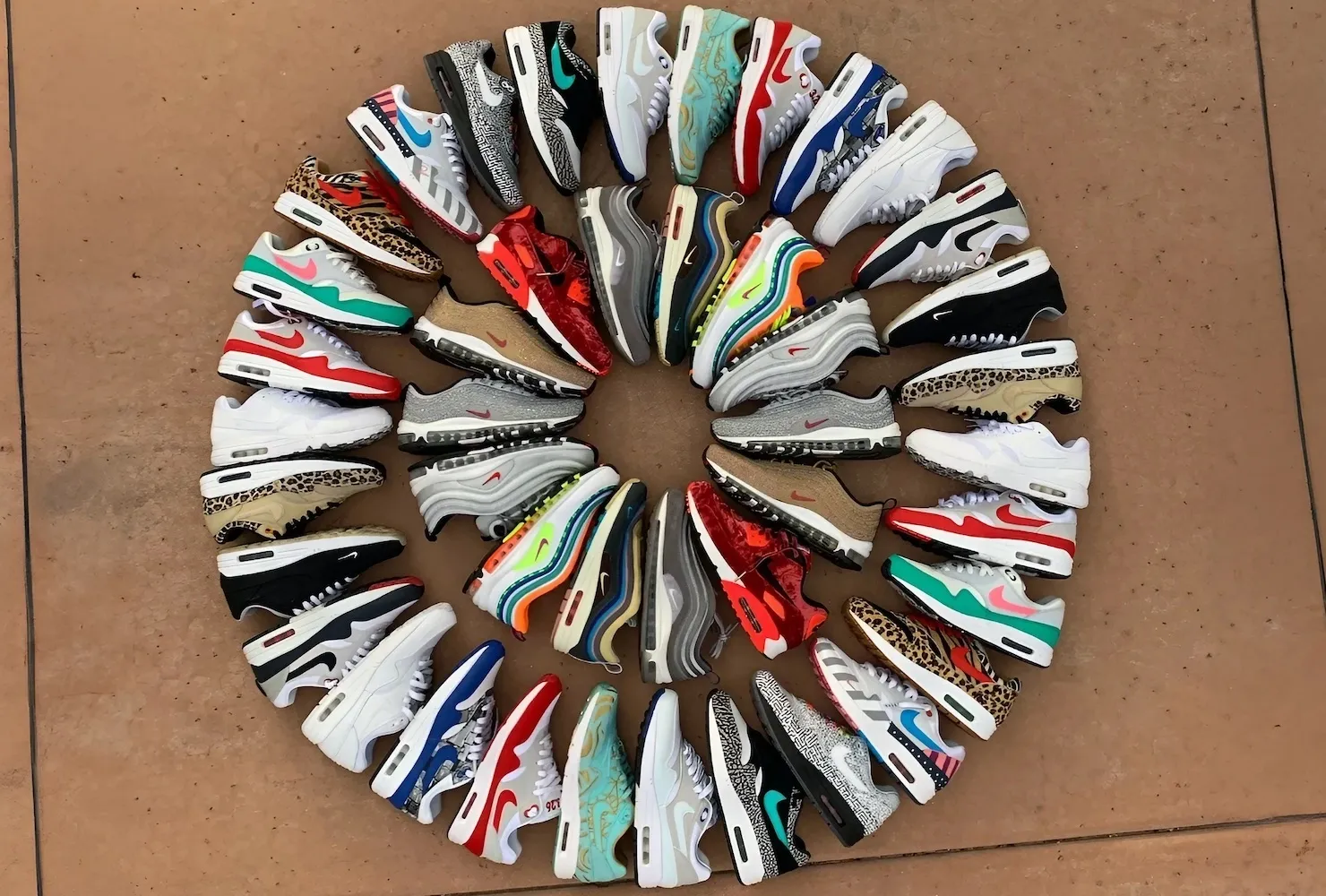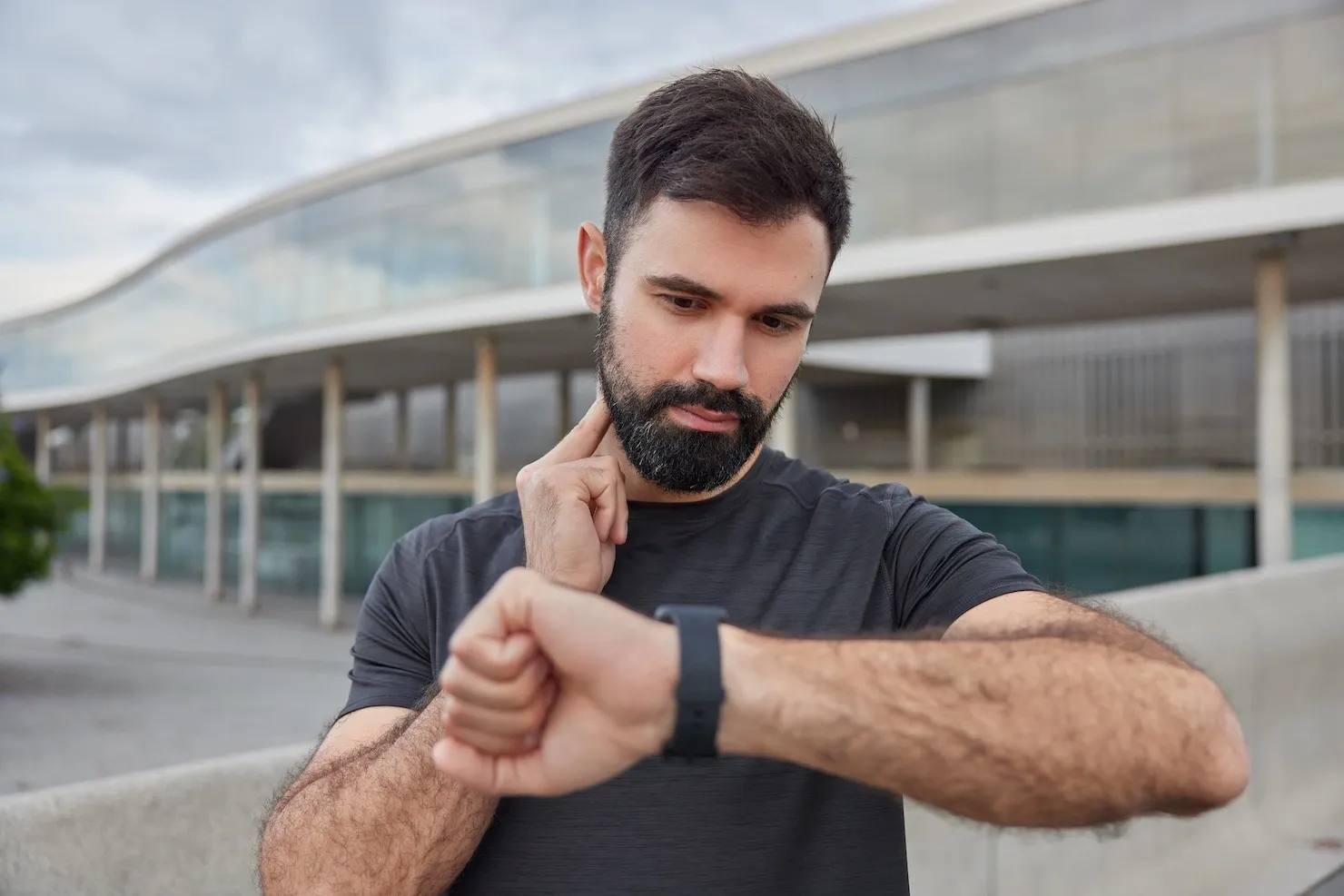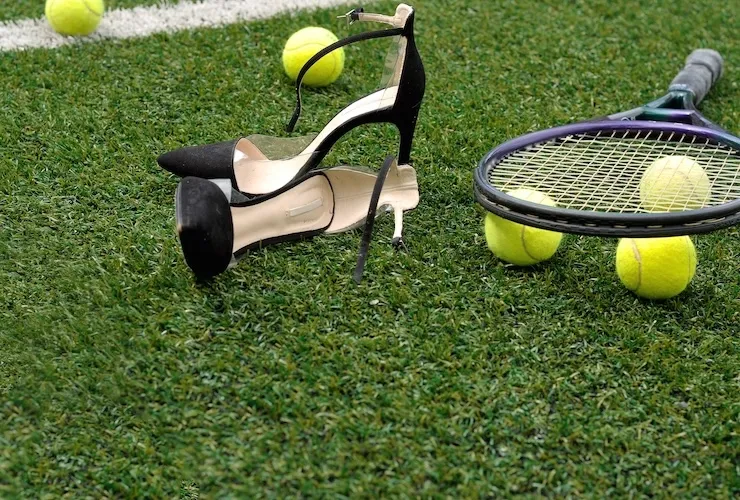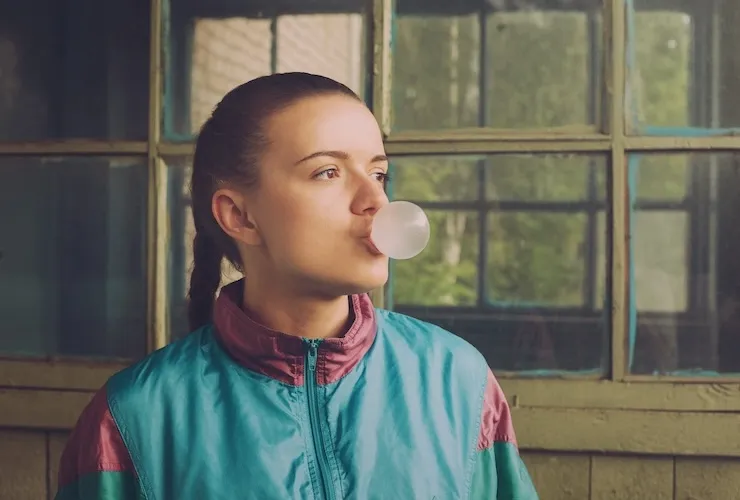Most recent world records in distance running were set with carbon-plated running shoes, like Nike Vaporfly. However, aside from the stinging price tag (~$250), short lifetime (~300 miles), and low comfort, wearing those for all your training will notably hurt your feet, cause injuries, and prevent progress.
There is no silver bullet, and there is no THE best running shoe—each pair is good for the use case it was designed for. In the article, I’ll share my experience with shoe rotation and explain how many footwear and what types of shoes runners need—from beginners to pros.
What is Running Shoe Rotation?
Shoe rotation is a collection of running shoes that serve the best individual runner’s needs. Rotating the shoes (using more than one pair) prolongs the footwear’s lifespan and ensures better performance on different types of running.
Also, using appropriate running shoes for different types of running decreases muscle fatigue and reduces the associated risk of injury. Depending on the running experience, intensity, and diversity of training, the balanced shoe rotation consists of 2 to 3+ pairs.
5 Types of Running Shoes in Rotation
#1 Daily Trainers
Daily running shoes are the workhorses of your rotation that accompany you through most of your miles. The four most crucial features to consider when choosing daily training shoes are:
- Comfort all-around
- Superb durability
- Plush or balanced cushion
- Affordable price
These shoes should resist wear down, but you will replace them quickly due to the high mileage covered. So, the longer they serve and the least they cost — the better. Daily running shoes serve up to 600 miles (1,000 km) and cost around $140 (w/o discounts).
Daily trainers usually feature excellent cushioning and foot support to ensure comfortable and secure miles. They are used on recovery and easy runs, so don’t expect them to be lightweight and fast.
#2 Speed Workout Shoes
The speed shoes are lightweight and designed to increase performance on tempo runs, intervals, track workouts, and short races. The four crucial features of speedsters are:
- Lightweight
- Responsive cushion
- Rocker design
- Breathable upper
Due to their lightweight, picking up the pace and climbing small heels gets easier in the speed shoes. Responsive cushioning activates passive mechanics in legs that recycle some energy instead of completely absorbing it. The rocker makes heel-to-toe transitioning smooth and improves running economy. It propels you through the stride.
They usually feature a snug fit—you almost don’t feel them on your feet. However, they have less padding and foot support than daily trainers.
The most recent models also feature plastic or composite plates or rods that improve running economy and prepare your feet for your first carbon-plated racers.
#3 Race Day Shoes
Race day shoes are special footwear in your shoe rotation dedicated to competitions and PBs. Ideally, they should evoke emotions and accelerate you just with their look and feel.
Race day shoes are usually an improved version of speed work shoes. So the essential features to look in them are the same: lightweight, excellent cushion, rocker, and breathability. Although, the best-in-class race day shoes lately feature a carbon plate or rods.
Race day shoes are relatively expensive, lack foot support, and don’t serve for long. Some runners downgrade them to speed shoes after 300 miles (500 km) of racing.
#4 Max-Cushion Shoes
Maximum cushion shoe is the category artificially created in response to runner requests for a softer and more comfortable experience on recovery days. Although recreational runners without speed workouts in a plan can substitute daily running shoes with them. For those with daily trainers on hand, max cushion shoes are more for fun rather than necessity.
Maximal cushion shoes feature a 40+mm stack and a plush cushion. They also have ample padding around the collar and comfortable lockdown.
#5 Special Models
The running shoes for special conditions include footwear for:
- trail
- ice
- track
- over-/under-pronation
- flat feet, etc.
Ordinary road runners with neutral feet make up the majority of runners and rarely require special footwear. Although in the cases they do, a wide assortment of running shoes with extended support features, aggressive outsole, or spikes is available.
Beginner’s Running Shoe Rotation (with Example)
Having one pair of running shoes is enough if you are just starting or logging under 600 miles/1,000 km per year. You can have more shoes and create a rotation; however, they will retire and lose the features because of age, not wear.
Daily running shoes are the best choice for those who need only one do-it-all running shoe; however, not all daily trainers are equal. It should be both supportive, lightweight, and durable. So you can log running miles securely and pick up the pace when needed. The models listed below make a better fit for recreational runners.
Intermediate Runner’s Shoe Rotation (Example)
If you run regularly and log about 1,200 miles/2,000 km annually, the balance number of shoes in your rotation is 2. The first shoe in your rotation is for easy/base pace (daily trainer), and the second is for workouts and racing (speed shoes).
Daily Trainer. Unlike beginners, you don’t need to balance comfort and speed. As the shoe’s weight is off the table, you can even pick the shoe from the Max Cushioning category. Daily trainers are dedicated to recovery, easy, and long runs. So, you’ll cover about 80% of your mileage with them, and comfort is the ultimate priority.
Speed shoes. As the name suggests, these shoes are dedicated to races, intervals, hill repeats, and other high-intense workouts. The crucial feature is lightweight that comes with a moderate amount of foot support. Some models also feature nylon plates/rods that bring springiness and prepare your feet for carbon-plated shoes.
Professional’s Running Shoe Rotation (Example)
The ideal shoe rotation for professional runners consists of 3+ pairs. In this way, you get maximal performance and cost-efficiency. The pro runners should add the race day pair to the shoe rotation of intermediate runners.
If it isn’t enough for you, consider buying an extra pair of daily trainers or max cushion shoes, depending on what you miss in your rotation.
Practical Tips on Running Shoe Rotation
#1 Mix the brands
Every running shoe brand strives to be the best in a max cushion, daily training, speed, and racing category, although none of them apparently is. So, to find your sweet spot with shoe rotation, experiment and mix different brands.
For instance, Brooks has been the best-seller in daily training with a highly durable Ghost for several consecutive years; however, its speed workout and racing models fall behind. Also, it doesn’t offer a decent do-it-all shoe for beginners.
Nike is unbeatable with racing (Vaporfly Next%3), but its max cushion (Invincible Run 3) and speed workout models (Tempo Next%) cost above the market. Additionally, its do-it-all model (Pegasus 40), dedicated to beginners, noticeably lacks support.
Hoka is well-known for its extraordinarily comfortable daily trainer (Clifton 9), highly soft max cushion shoe (Bondi 8), and its recent racing model (Rocket X 2) is excellent too, but in the speed workout category, it has no decent offerings.
#2 Gradual breaking in new shoes
Sudden changes may shock your feet. Instead, gradually introduce new shoes into your rotation and increase their usage, starting with shorter runs and slower speeds. It allows your feet, muscles, and joints to adapt to the unique characteristics of each shoe, ensuring a smooth and injury-free transition.
#3 Similar stack and heel-to-toe offset
Dramatic amplitude in platform height and heel-to-toe transition cause unnecessary stress to your feet. In contrast, the running shoe rotation of comparable height and drop leads to faster adaptation and safer training.
My Shoe Rotation Right Now
My current running shoe rotation consists of three models:
- Nike Pegasus 39 as a daily trainer
- Brooks Hyperion Tempo for speed workouts
- Saucony Endorphin Pro 3 as a racing shoe
Despite being happy with each shoe in the rotation, none of the models will stay here in the next iteration. I like a lot of brand lineups and individual models, and I don’t have any brand loyalty or preference. Moreover, you never know what will be available in your size or on sale.
Bottom Line
Like everything in our life, no magic recipe for shoe rotation will work equally well for all runners. You have to discover it on your own. However, the concept we’ve covered can help you pick individual footwear for the type of training in your program.
There are many more models on the market than we mentioned in the article. Some of them are good, and some of them are not. However, those we covered were tested and proved to be an excellent choice for their purpose.
Lastly, spend reasonable time building your perfect running shoe rotation and hunting for the best deals, as training is much more important for your progress. Good luck!
F.A.Q. about running shoe rotation
What are the benefits of shoe rotation?
Running shoe rotation offers several benefits:
- It extends the lifespan of your shoes by reducing the strain on individual pairs.
- It enhances performance and comfort by using shoes with different features for specific runs.
- It helps reduce the risk of overuse injuries by varying the stress on your muscles and joints.
How many shoes should I rotate?
The ideal number of shoes to rotate depends on your weekly mileage and the types of training in your plan. Having just one pair dedicated exclusively to running is enough as a starting point. Wearing two pairs is optimal if you have speed training in your preparation program. Although, the ultimate number of shoes in the rotation is three: daily trainer, speed workout, and racing shoe.



